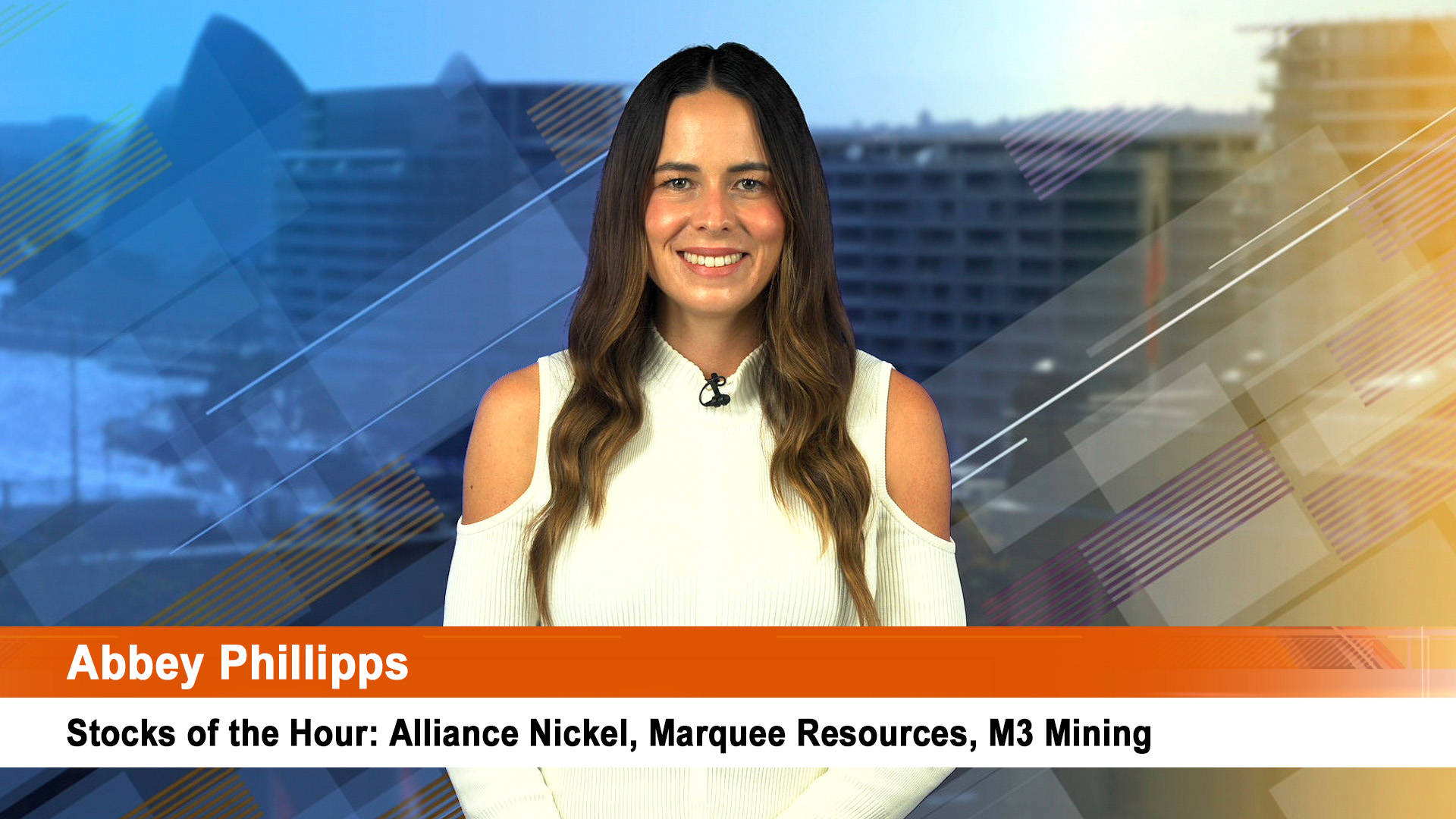As expected, BHP Billiton took a big loss from the cost of the Samarco dam disaster in Brazil late last year, and slashed dividend because of the weaker underlying earnings performance.
The world’s biggest resources company revealed a loss for the year to June 30 of $US6.385 billion, down form the profit of $US8.670 billion.
Final dividend was set at 14 cents a share (62 cents a year ago), down from the 16 cents interim payment (also 62 cents a share a year earlier).
The dividend cut is in line with the company’s new policy of matching dividend payouts to earnings and operating performance.
BHP’s new dividend policy states that at least 50% of underlying profits will be paid to shareholders every six months.
That formula delivered total dividends for the year of US30 cents, well below last year’s $US1.24 return.
Revenue fell 31% to $US30.9 billion.
Underling earnings Before Interest, Tax, Depreciation and Amortisation (EBITDA) fell to $US12.3 billion in 2015-16 from $IS21.85 billion a year earlier.
BHP posted an underlying attributable profit for the 2016 financial year of $US1.21 billion, down 81% from the year before. It was the lowest profit since the company was formed 15 years ago, but not unexpected given the scale of the losses and costs associated withy the Samarco disaster.
In the statement directors: “Global growth over the remainder of the 2016 calendar year is expected to remain modest and subject to downside risks, including the uncertain economic consequences of ‘Brexit’.
"World trade is still expanding more slowly than global GDP growth, principally reflecting weak business investment and soft demand for consumer durables. Global growth is forecast to remain between 3 and 3.5 per cent in the 2017 calendar year, while global trade should accelerate modestly.
"The rate of growth in the Chinese economy appears to have stabilised and we expect that Government policy will remain supportive, in line with the authorities’ GDP growth target of between 6.5 and 7 per cent for the 2016 calendar year. Over the medium term, China is expected to grow more slowly.
"The Government’s reform program will improve productivity but this will only partially offset the impact of an expected decline in the workforce and the maturation of the economy’s structure.
"Reform will proceed in a cautious but sustained manner as the authorities seek to improve the efficiency of capital allocation, reduce excess capacity in sectors such as coal and steel while boosting the role of consumer demand and maintaining support for employment.”
BHP shares rose 0.445 to $20.25.













